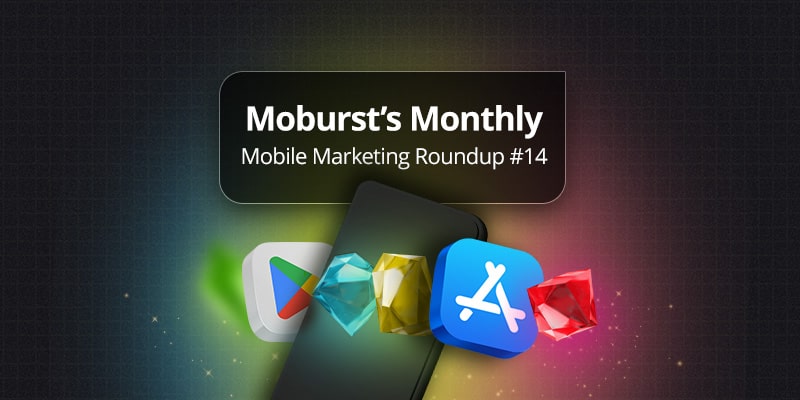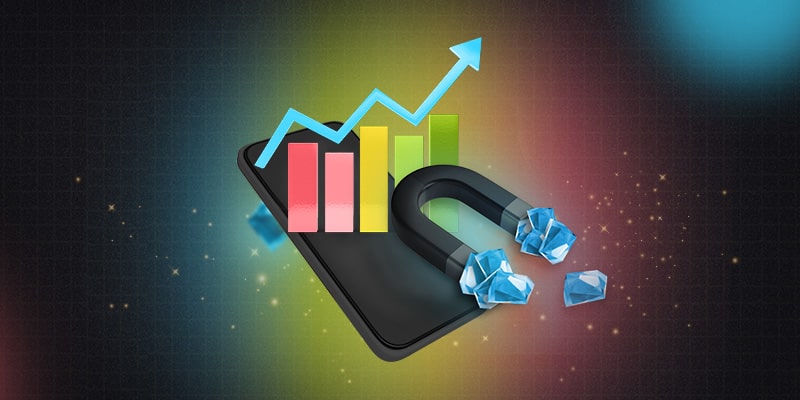
Gone Are the Days of Striving for Brand Awareness; Mobile Brand Engagement Is Measurable and Is Proven to Improve ROI.
Up until recently, the holy grail of marketing was achieving “brand awareness”. These days it’s all about “brand engagement”. Whereas brand awareness refers to familiarity with a certain brand, engagement refers to an emotional or rational attachment to a brand. One key reason for this transformation is the mobile revolution, which has completely altered the goals of the business, turning it into a two-way street between brands and consumers. This post examines the various qualities of mobile that make it the ultimate mobile brand engagement platform, and how marketers can leverage these attributes to their brand’s advantage. Reaction Time Mobile allows brands to be more relevant in their marketing efforts than ever before. Instead of simply directing a single ad to a mass audience, mobile lets marketers use hyper segmentation to reach different, specific groups with an accurately tailored message. Furthermore, using remarketing, beaconing, and other mobile technologies, the platform allows brands to react to user actions, leaving no room for doubt that their content is a perfect match.
Let’s take a look at one of Coca-Cola’s campaigns. The company used beaconing to retarget users who went to a movie in a certain theatre in Norway. A week later, Coca-Cola sent out a push notification to these users with an ad and a coupon for a free movie ticket to that same theatre. This campaign is very thought-out. Coca-Cola created a follow-up to the brand’s cinema ad, and knew exactly which theatre is most convenient for these customers to visit. The result? Sixty percent of users clicked on the advertisement, with 20 percent opting to redeem the promotion. The customer’s behaviour and preferences were at the center of the campaign, creating a relevant experience to customers and a productive dialogue. Play a Part Whether you leverage another mobile platform to your brand’s advantage, or launch your brand’s own app, encouraging users to contribute their own content on mobile is the way to go. Mobile users do so on a daily basis, and if you give them a good enough reason to contribute content that’s related to your brand, they will play along. The key is in finding a way to make your brand a seamless part of the process, and their lives. Some good examples for that are events that use Snapchat’s story feature to encourage visitors and attendees to Snap on location. Another great example for brands quickly following any new source of high-engagement is Dubsmash, which is now offering new ways for brands to interact with consumers. But here’s an example of a brand that didn’t wait for that kind of opportunity: the Ex Machina movie started a mobile campaign on Tinder, in which the movie marketers created a fake profile for the leading star of the movie. SXSW attendees interacted with the profile, only to learn it was fake. Another Tinder campaign was that of Calvin Klein, featuring attractive couples in Calvin Klein clothing alongside their personal love story.
If your brand already has an app of its own, there are many ways you can boost mobile brand engagement within the app. McDonald’s for example, launched a breakthrough, virtual reality mobile game named “GOL!” in 2014, which aimed to promote the FIFA World Cup. The game allowed users to create a real-time 3D reconstruction of menu items in packages that celebrate the World Cup. Users were also able to bring into the game object from their environment such as their cup or Happy Meal to help them score. The app became a huge success and turned customer experience into an interactive, high tech soccer party. Stick Around After your brand succeeds in boosting user engagement, the real challenge is maintaining it. A couple of interesting way of doing so is by implementing gamification elements to your app as well as using push notifications. Starbucks for example, has an excellent app feature called “My Starbucks Rewards”, meant to increase retention. With this gamification feature, users experience progress and are rewarded for their visits and payments through the app. The more actions users make, the higher they’re ranked, and naturally, the prizes get better too. The above examples prove that there is real influence to the emotional and rational attachment smart brands succeed to evoke in users. Instead of speaking to customers, brands must learn to communicate with them, and there is no better way to do so than by harnessing mobile’s inherent advantages. Brand engagement means taking things to the next level, and isn’t that all you really want?









